On February 21, 1815, King Frederick William II ordered the formation of the Uhlans Regiment of the Guard from the Cossack squadron of the Guard and two squadrons of the Silesian National Cavalry Regiment. The unit was reorganized into cuirassiers in 1821 and was named Cuirassier Regiment of the Guard. The regiment was stationed in Berlin. In 1838, its barracks were located at 39 Feldstrasse (today Alexandrinenstrasse, corner of Gitschiner Strasse, Berlin-Kreuzberg).
Until the beginning of the First World War, he was part of the 1st Guard Cavalry Brigade with the Gardes du Corps regiment.
First World War
After mobilization, the regiment left on August 4, 1914 through Luxembourg and Belgium to northern France. After participating in the Battle of the Marne, it withdrew and, until December 1914, fought in trench warfare on the Aisne. From December 1914 to July 1915, it was deployed in the border guards on the Belgian-Dutch border. From August 1915, it was transferred to the Eastern Front and participated in offensive battles in Russian Poland and Galicia. From October 1915 to February 1918, positional battles at Pinsk and Kovel. It was then transferred to Silesia, where the regiment finally lost its cavalry status and was converted into a cavalry rifle regiment in the Guards Cavalry Rifle Division. After the infantry training was completed, the former cuirassiers were used in defensive battles on the Western Front until the end of the war. Already on 10 November 1918, the return march had begun.
Post-war
On 10 December 1918, the regiment entered Berlin through the Brandenburg Gate, where demobilisation then began. To suppress the unrest in Berlin, three volunteer squadrons were formed from the remnants of the unit. One of them (Bredow Squadron) was mounted and fought against the Polish insurgents in the Baltic States, the other two were used in street fighting during the Spartacist uprising in Berlin. In September 1919, the remnants of the Guard Cuirassiers were formed into the Brandenburg Guard Cuirassier Squadron, and on 1 November 1919, it was incorporated into the 3rd Reichswehr Cavalry Regiment. The tradition was resumed in the Reichswehr by decree of 24 August 1921 of the Chief of Army Command General of the Infantry Hans von Seeckt, by the 2nd Squadron of the 4th (Prussian) Cavalry Regiment in Perleberg.



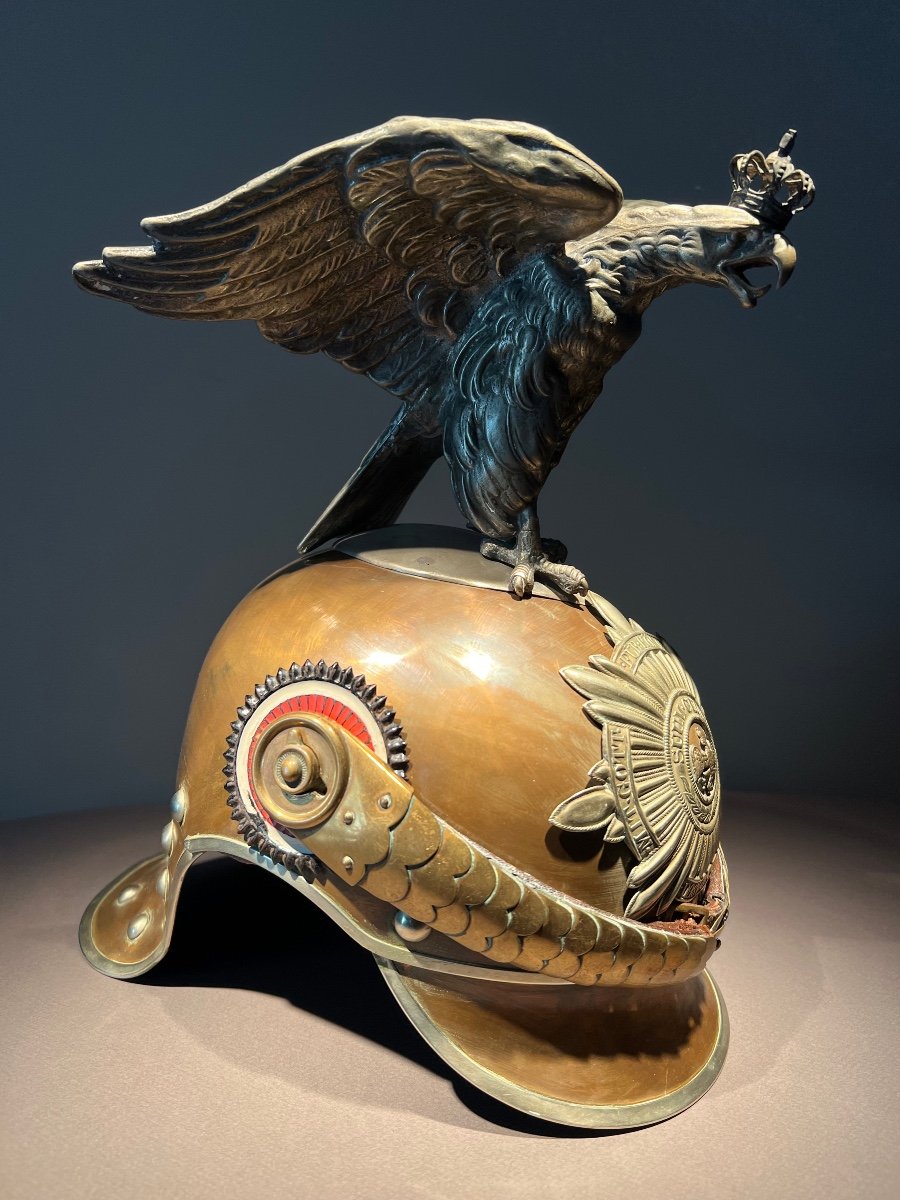


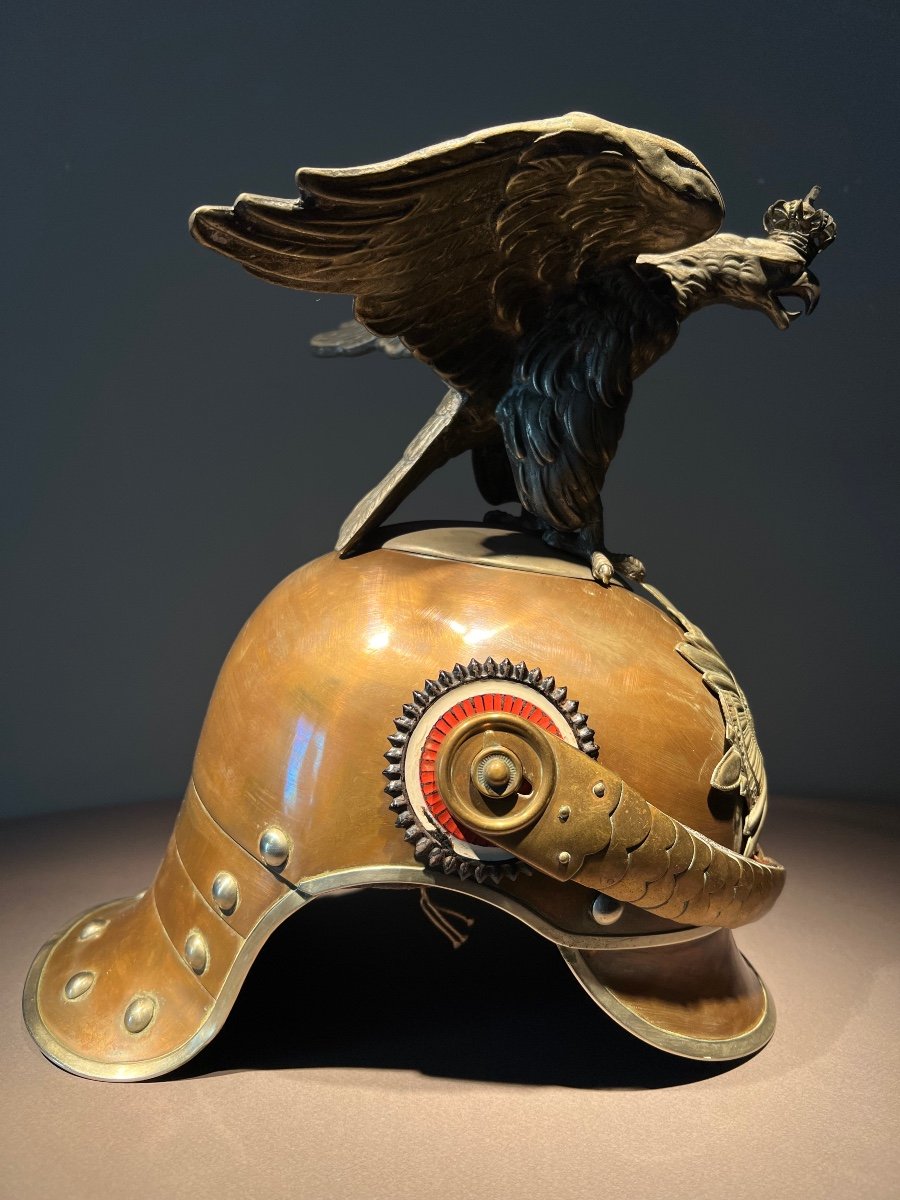

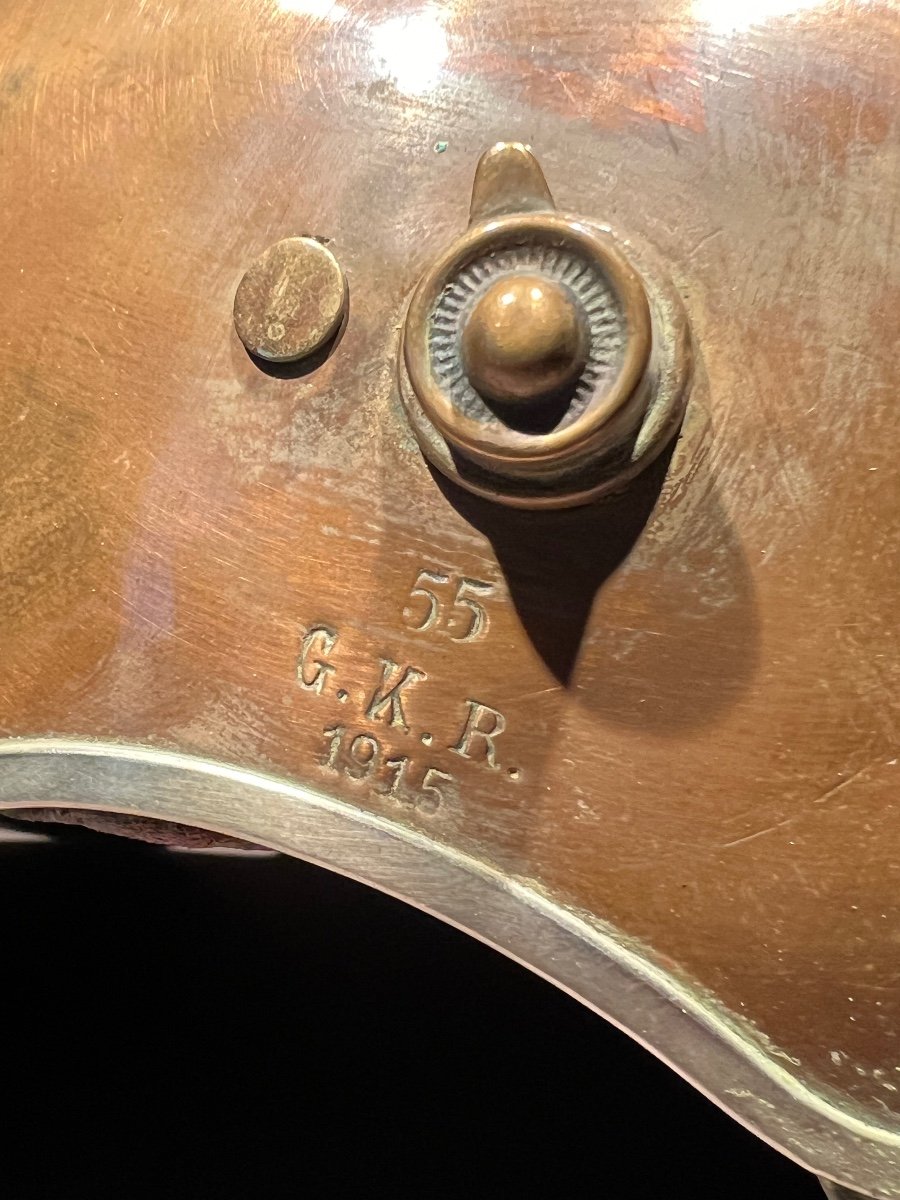



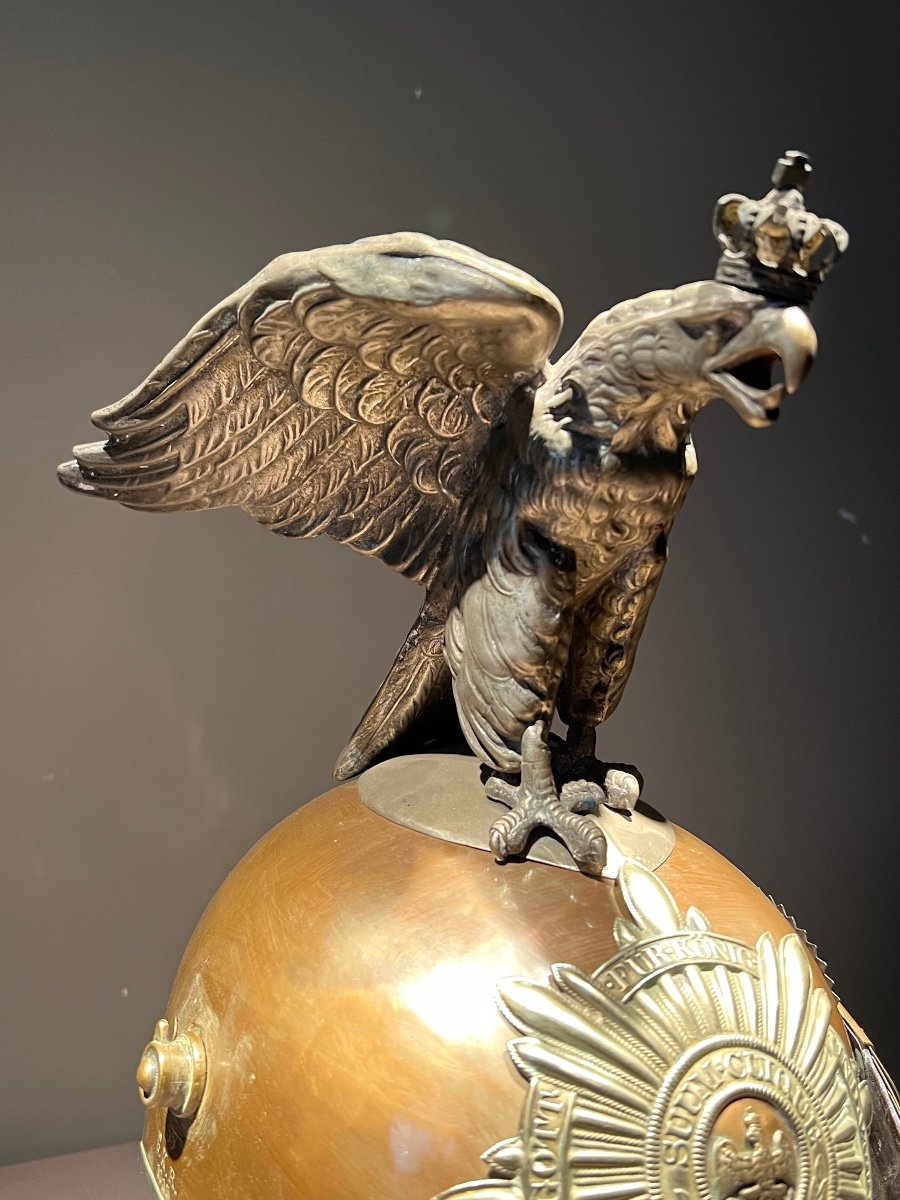

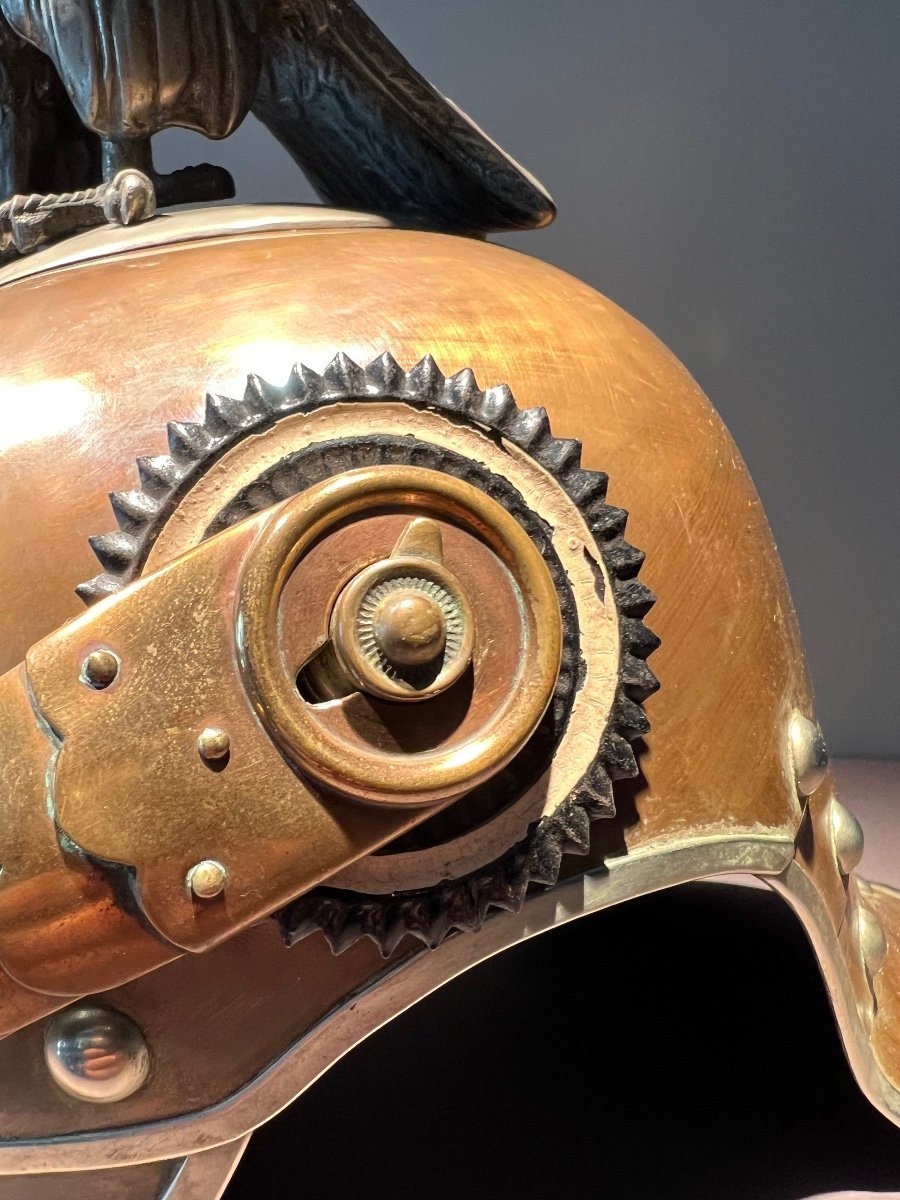
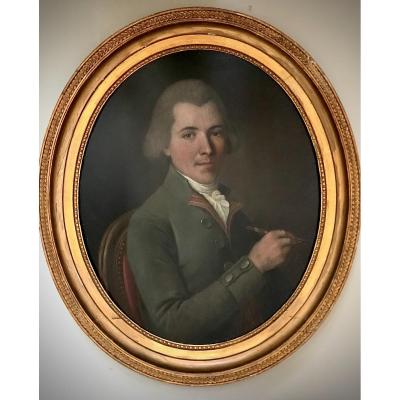







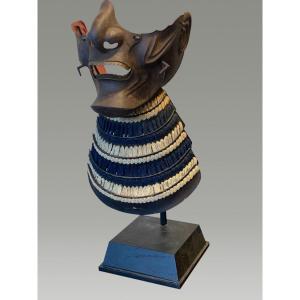
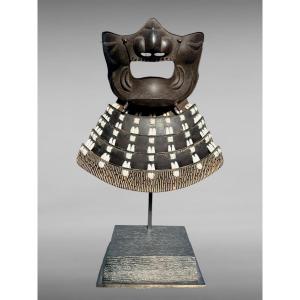





 Le Magazine de PROANTIC
Le Magazine de PROANTIC TRÉSORS Magazine
TRÉSORS Magazine Rivista Artiquariato
Rivista Artiquariato
